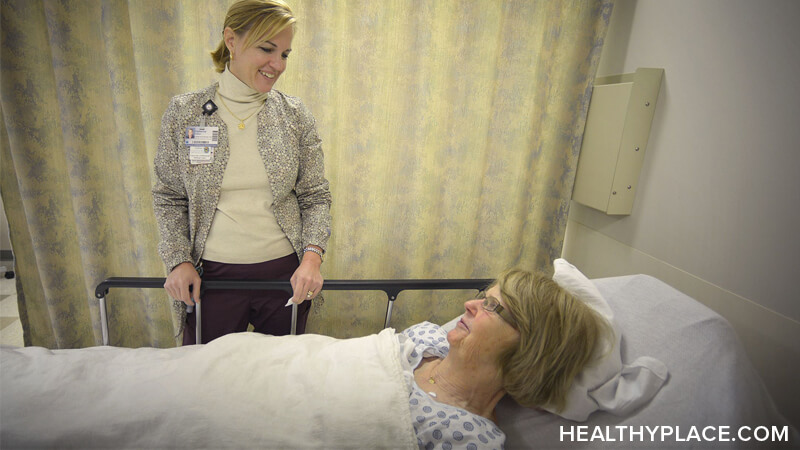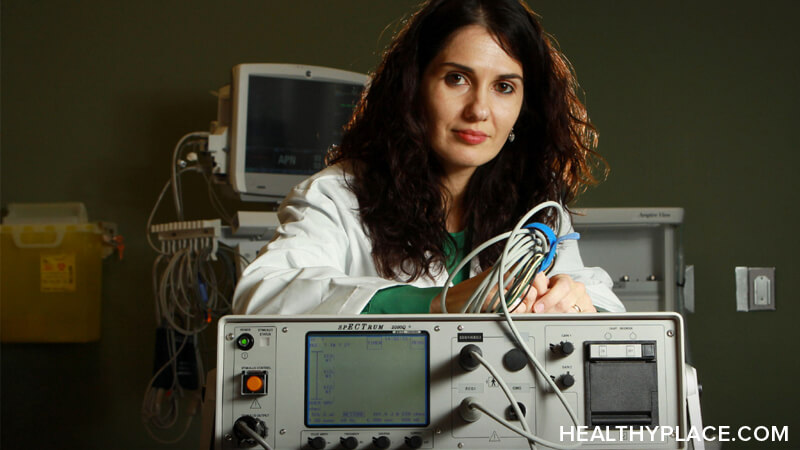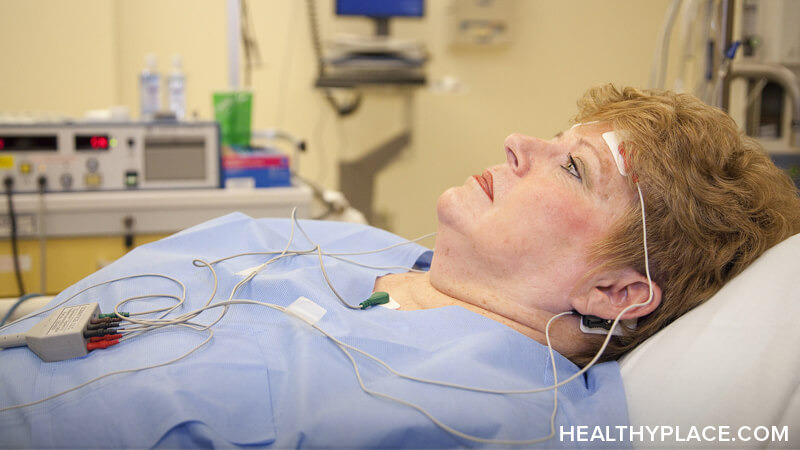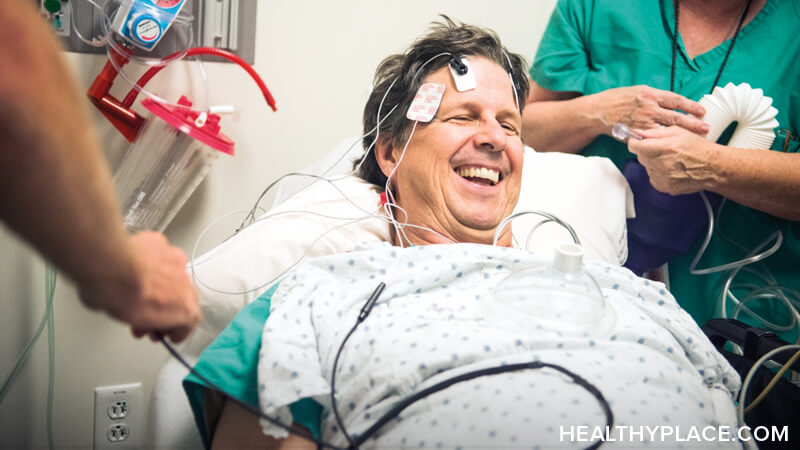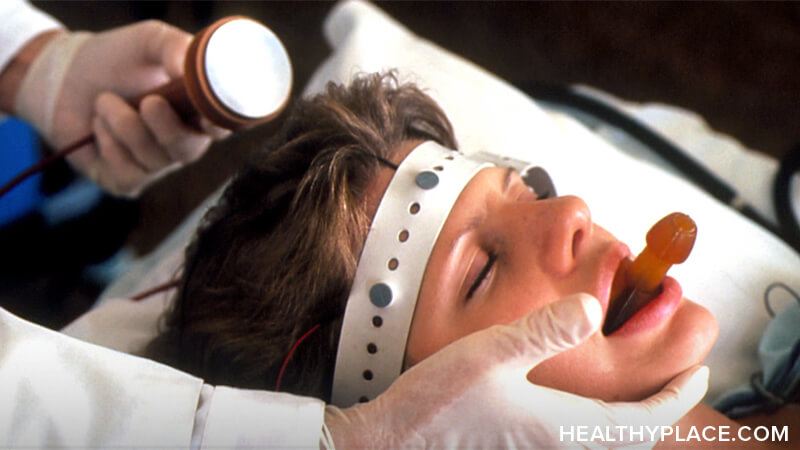History of ECT: How the ECT Procedure Developed
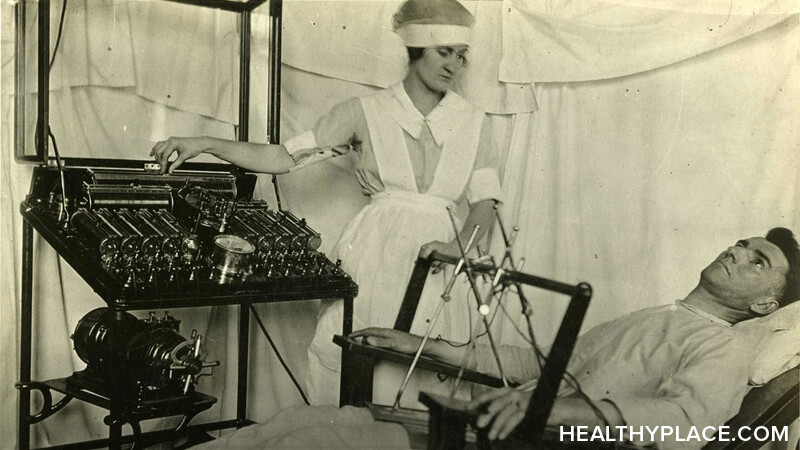
The history of ECT begins in the 1500s with the idea of treating mental illness with convulsions. Initially, convulsions were induced by orally taking camphor. The history of modern electroconvulsive therapy (ECT) dates back to 1938 when Italian psychiatrist Lucio Bini and neurologist Ugo Cerletti used electricity to induce a series of seizures to successfully treat a catatonic patient. In 1939, this ECT procedure was introduced to the United States.1
Early History of ECT
While it was known seizures could treat psychiatric illness, there was no ECT procedure available that would prevent severe ECT side effects like:
- Bone fracture and breakage
- Joint dislocation
- Cognitive impairment
In spite of these risks, ECT was still used; however, as the only known alternatives were lobotomy and insulin shock treatment.
The ECT Procedure is Scientifically Researched
In the 1950s, the history of ECT continues with psychiatrist Max Fink. Dr. Fink was the first to scientifically study the efficacy and procedure of ECT. The 1950s also saw the introduction of succinylcholine, a muscle relaxant that was used in combination with a short-acting anesthetic during the ECT procedure to prevent injury and to prevent the patient from feeling the ECT procedure.
In the 1960s, randomized clinical trials showed the superior efficacy of ECT when compared to medication for the treatment of depression. The concern of ECT's uneven use and possible abuse grew in the 1960s and 1970s.
Modern History of ECT
In 1978, the American Psychiatric Association published the first Task Force Report on ECT designed to outline standard ECT procedures consistent with scientific evidence, and reduce abuse and misuse of the treatment (in earlier years, ECT was used by some to abuse and control mentally ill patients). This report was followed by versions in 1990 and 2001.
While ECT is considered to be the most controversial practice in psychiatry, the National Institute of Mental Health and the American Psychiatric Association endorse its use in specific therapeutic situations. Both organizations stress the critical role of informed consent in the ECT procedure.
ECT is considered to be the "gold standard" of depression treatment as it produces remission rates of 60% - 70% - far higher than any other known depression treatment. However, the relapse rate is also high, requiring the use of ongoing treatment like antidepressant medication. In a survey, the American Psychiatric Association found most patients would voluntarily get ECT again if they needed it.2
A greater understanding of the science behind ECT - waveform, seizure quality, and electrode placement - is now available and enables more effective ECT. These new ECT procedures and techniques have lessened the risk of ECT side effects, including cognitive dysfunction, although this risk cannot be eliminated completely. Today's ECT procedure has the same mortality rate of minor surgery, approximately 1 in 10,000 patients, or 1 in 80,000 treatments which may be lower than that of tricyclic antidepressants.
APA Reference
Tracy, N.
(2022, January 4). History of ECT: How the ECT Procedure Developed, HealthyPlace. Retrieved
on 2025, November 1 from https://www.healthyplace.com/depression/ect/history-of-ect-how-the-ect-procedure-developed
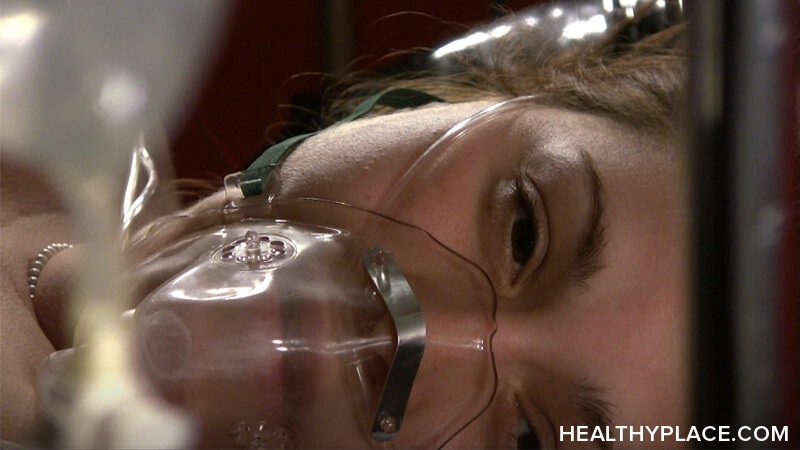

 One morning, I put a knife to my chest and ran to tell my husband what I did. He took me to another hospital and this time I stayed for almost 2-months. I was put on suicide watch at first and then I was closely watched as I attended group therapy. Nothing was helping.
One morning, I put a knife to my chest and ran to tell my husband what I did. He took me to another hospital and this time I stayed for almost 2-months. I was put on suicide watch at first and then I was closely watched as I attended group therapy. Nothing was helping.